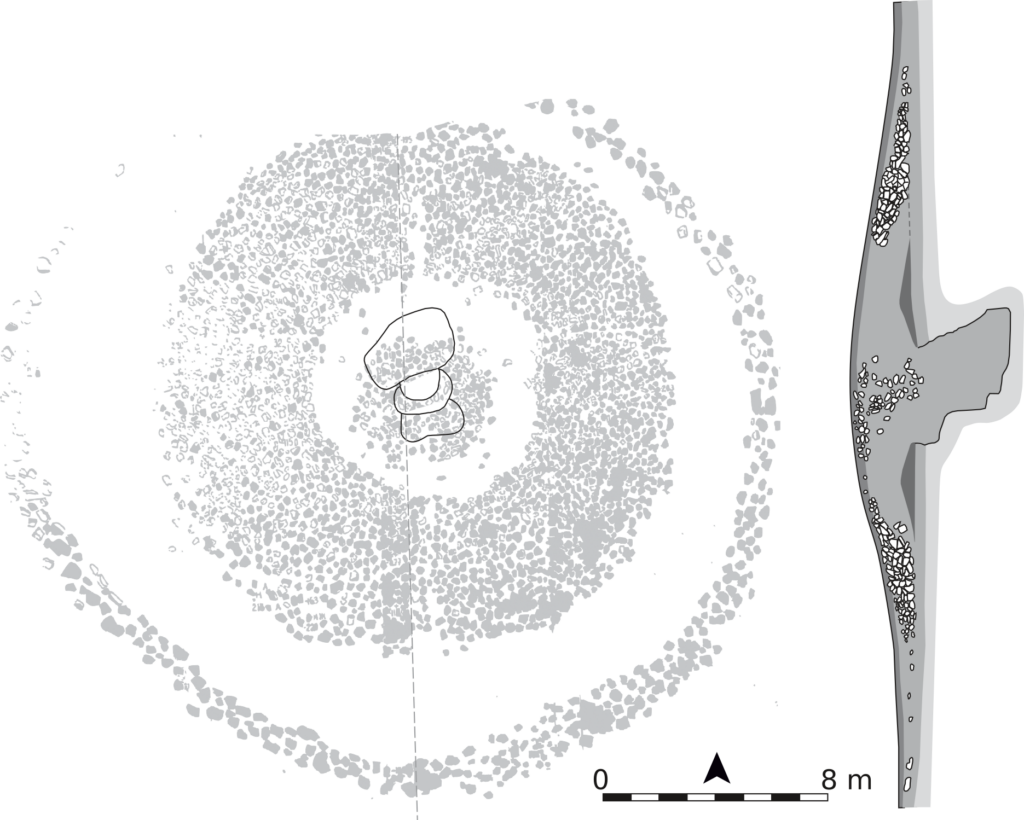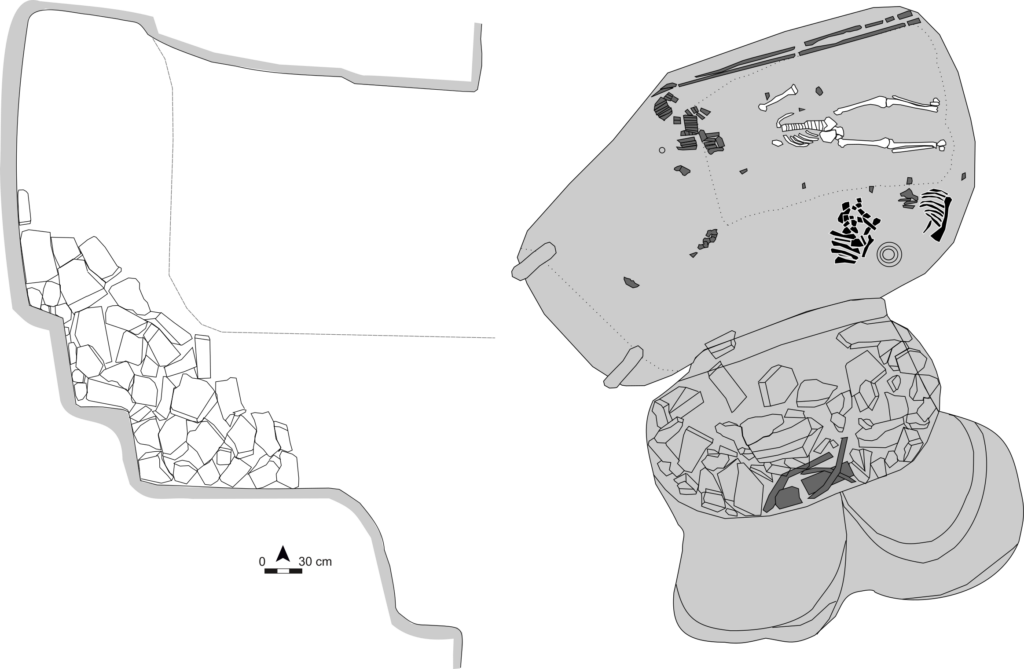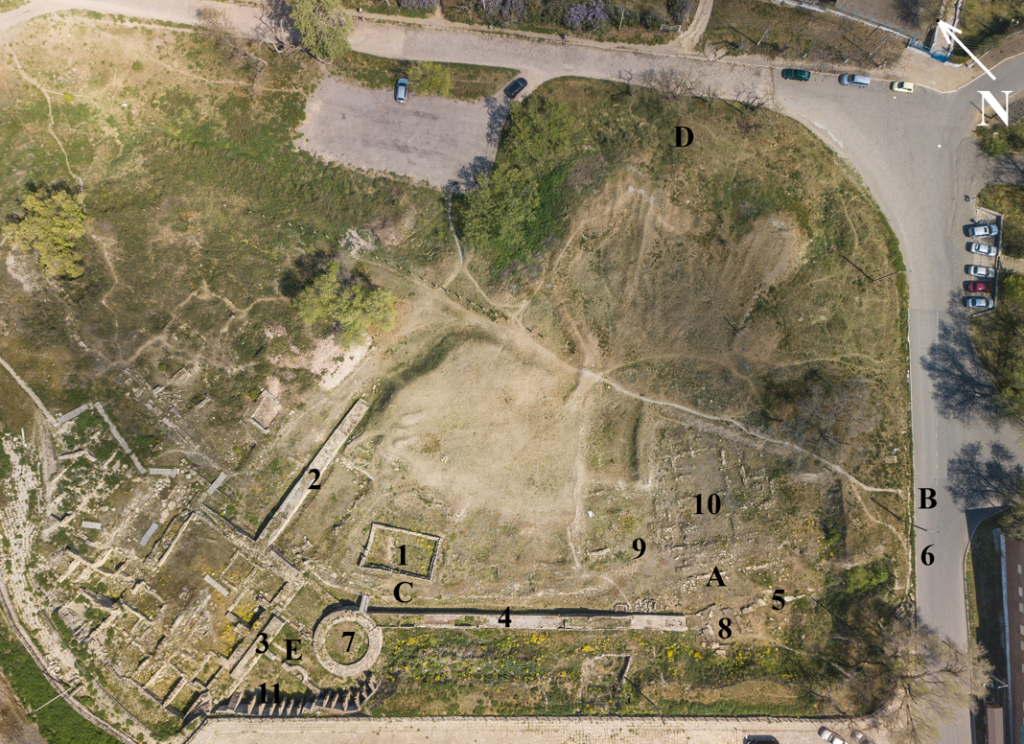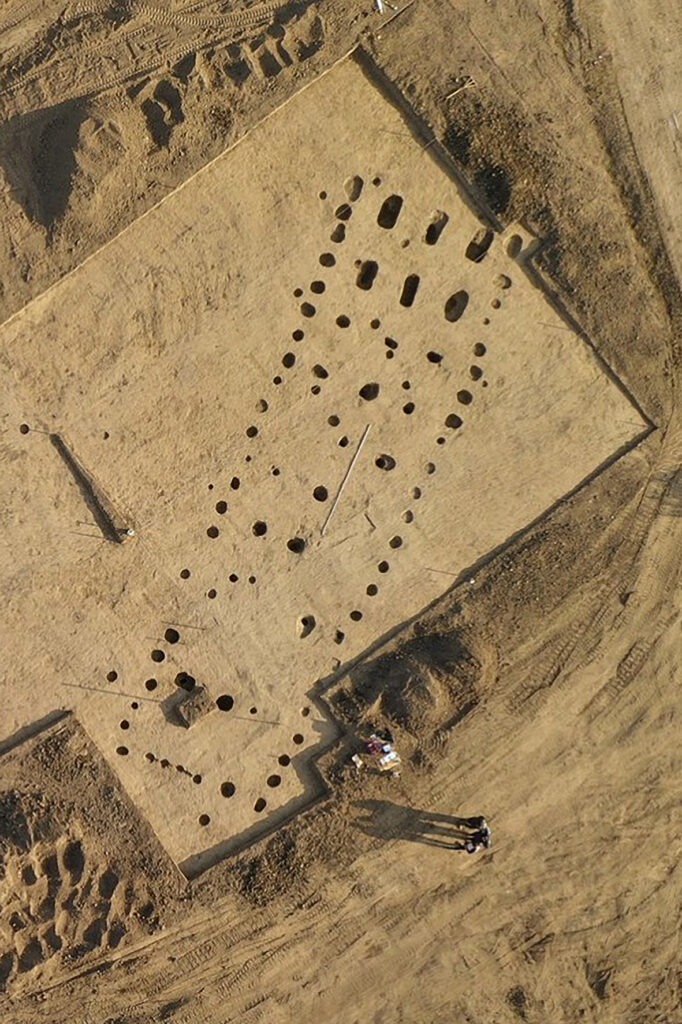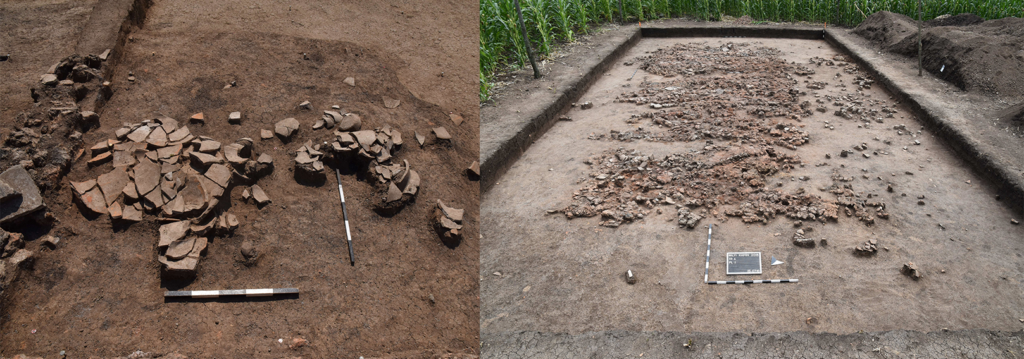The examination of prehistoric burial mounds in the steppe provides valuable insights into the burial practices and social structures of ancient communities, shedding light on their cultural and religious beliefs. These structures not only serve as tangible markers of the past, but also hold significance in understanding the interconnectedness of communities, as the construction and use of burial mounds suggest shared rituals and communal efforts within prehistoric societies. Alisa Demina from the National University of Kyiv-Mohyla Academy focuses in particular on the commemorative potential of the burial mounds and discusses memory practices among pastoralists of the Scythian period.
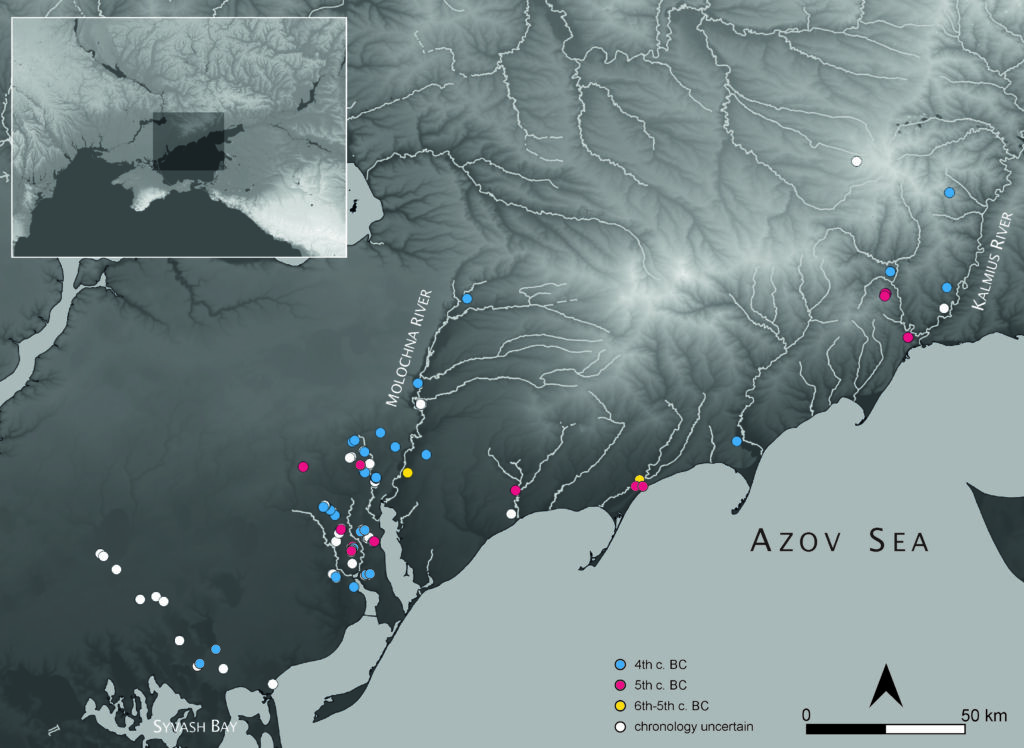
The steppes of the Northern Azov Sea coast (Pryazovia) (Fig. 1) were inhabited by different pastoralist groups for millennia, as evidenced by numerous burial mounds across the region. While archaeological excavations, primarily conducted in the 20th century, have yielded extensive information about these sites, a significant portion of the data remains unpublished and largely unknown in the broader scientific community. Filling this gap was the primary objective of my PhD research, which specifically focused on Scythian time sites within Pryazovia (Fig. 2–3).
Additionally, my work aimed to improve the documentation of kurgan locations and state of their preservation in Donetsk Oblast, particularly near the Stone Graves reserve (Fig. 4). Despite the discontinuation of field research in that area due to its occupation in 2022, the reports stored in the archives served as an important resource for the creation of a comprehensive database. It now consists of 175 barrows and 243 burials, forming a basis for my current project.
Building upon the previous findings, this project takes a closer look into the burial dynamics along the right bank of the Molochna River. The comparative analysis of barrows dated back from Eneolithic to Scythian times focuses on their spatial arrangement influenced by geographic and social factors. Given that the majority of the barrows were reused, one of the primary tasks was to identify the successive stages of their formation and analyze preferences between making secondary burials and territorial expansion through the construction of new kurgans.
Finally, the research addresses the question of attitudes towards the past and the creation of memory during the Scythian time. I suggest that the treatment of the “ancestors” included both incorporation and rejection strategies. The former is evident in the reuse of Bronze Age barrows, particularly significant during the earlier stages of steppe colonization. The latter manifests in violent actions towards burials and the remains of the deceased. Both strategies, however, imply the active role of the kurgans in social and political communication within the nomadic population.
Alisa Demina
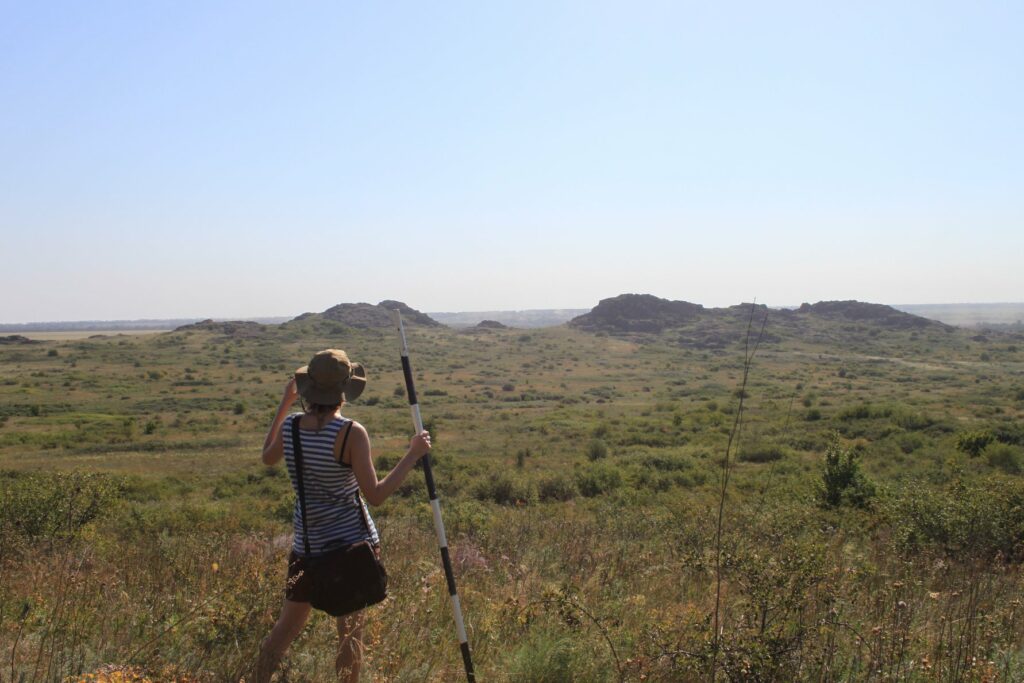
References
Moruzhenko et al. 1981: А. А. Моруженко/В. А. Посредников/А. И. Привалов/Н. П. Зарайская/В. К. Гриб, Археологические раскопки курганов в зоне строительства мелиоративных систем на территории Володарского и Тельмановского районов Донецкой области. Науковий архів Інституту археології НАН України, ф. 64, 1980/90а (Київ 1981).
